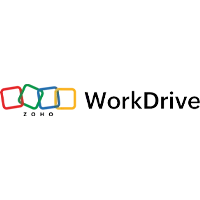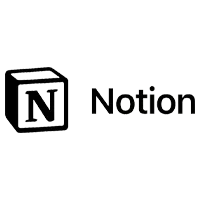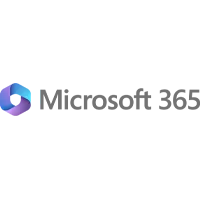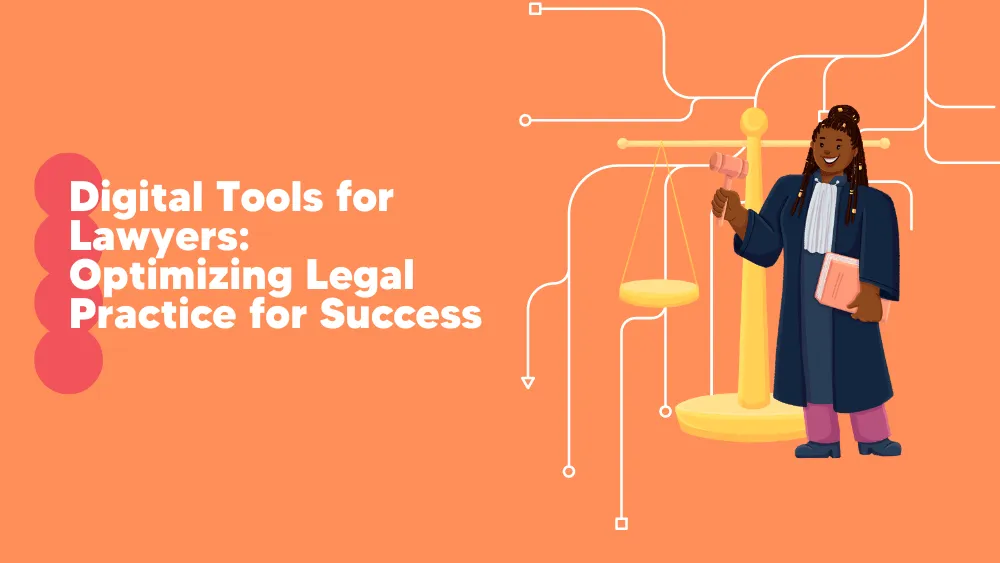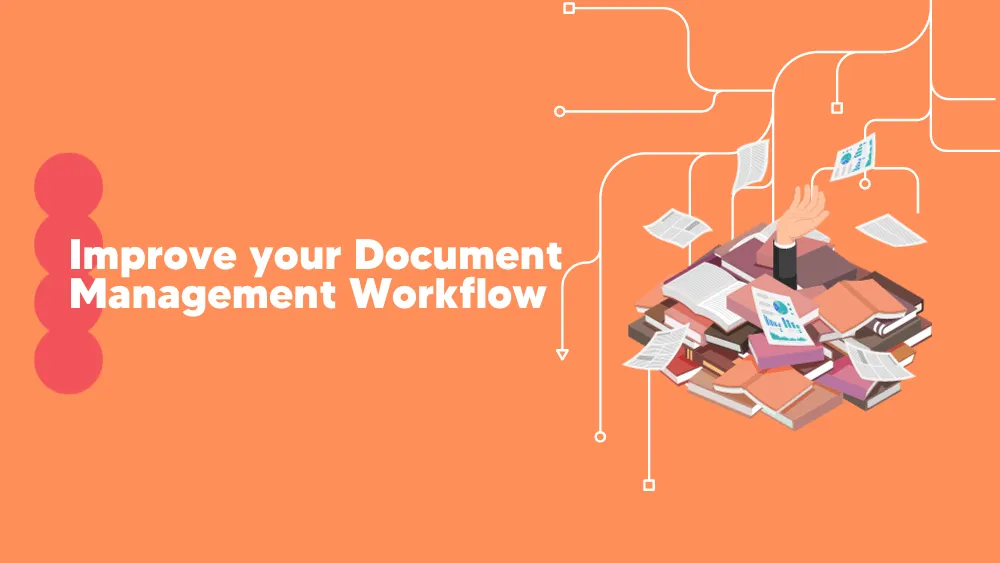
Best Document Management Software
What is Document Management Software?
In the digital era, document management software is an increasingly vital component of every firm. Instead of rows of file cabinets, document management systems generate an electronic archive that can be accessed and edited by any user with the appropriate permissions.
Document management software helps create, share, and store documents for businesses. In addition, experts use document management tools to communicate with each other via document sharing, editing, commenting, document search, image capture, and access management.
Document management software can facilitate the organization of digital documents and digitize existing paper records. Because there are so many software options on the market, marketers and business owners, have investigated hundreds of solutions to select the finest software for various business kinds.
Elements such as hosting possibilities, search capabilities, and scanning options have been evaluated while making decisions. If you need a document management system for your small business, this article will assist you in selecting the most suitable one.
Document management software has standard document management tools that allow users to perform simple operations and electronic signatures that enable them to place legally binding signatures on documents straight from the cloud storage. In addition, numerous templates are available that help to improve productivity by reducing or eliminating the task of building a template from scratch.
Compare Document Management Software
PandaDoc
airSlate SignNow
Clym
Google Workspace
Table of Contents
Key features of a Document Management Software
There is a wide variety of functionality amongst different document management solutions. In addition, the tools and features of a document management system may vary based on its intended application and the people using it. However, some of the essential characteristics of cloud-based document management software are outlined below:
Storage: A document management system should double as a place to save digital files, ideally in various formats.
Sharing: All files saved in a cloud-based DMS should be accessible to other users, according to the permissions established for those files.
Easy to Find: Finding documents in a document management system is much simpler with the help of a dedicated search tool.
Permissions: Not everyone needs complete read/write access to all files. It is imperative to restrict access to any papers containing sensitive information to prevent data breaches.
Integrations: A good piece of document management solution won’t run on its own; it should be compatible with the other programs you use in your daily operations.
Privacy and security: Information leaks and data loss may be avoided if a document management system has robust security mechanisms in place in addition to user-defined roles and access restrictions.
Benefits of using a Document Management Software
Document management software is developed to deliver a fast, secure, and attainable platform for storing files, sharing, and collaborating. So here we are with the key benefits of document management tools.
- Improves ease of access to the document
When document management software is hosted online, it becomes more convenient for users to access it whenever needed. Authorized users may create, read, and modify documents and share them with other users from anywhere, as long as they have the authorization to do so.
Some document management programs additionally allow offline and mobile access, significantly expanding the software’s usability and allowing users to complete more of their work from anywhere.
- Facilitates Teamwork
Document management is one of the essential features of modern online teamwork platforms. Users may collaborate on a single file, see and compare different revisions, add comments to specific papers, and much more with this feature-rich software.
- Economic data retrieval
The cloud-based document management system is more cost-effective than traditional document storage methods, especially when it comes to the expense of replacing a document that has been lost or destroyed. In addition, the ability to quickly recover deleted or corrupted files is a significant benefit of cloud-based document management systems.
- Eco-friendly
With cloud-based document management, there is no need for physical files or storage, making it a more sustainable option. In addition, eliminating paper copies from operations helps the environment and saves businesses time and money.
- Time-saving
A manual system can be time-consuming. It takes hours to maintain your documents and keep them maintained. Digital management software automates different aspects of document management that give you freedom from the responsibilities of document maintenance.
- Safety of Documents Improved
Businesses must protect the information, trade secrets, and other sensitive data. You can access sensitive files inside a document management system according to user permissions and criteria. For example, you can view the history of actions taken on a document. Your data is kept in the cloud, far from potential damage from a natural disaster.
- Types of Document Management Solutions
Document Management solution tools have replaced manual work with a bundle of papers keeping up with essential file records. These solutions are beneficial in simplifying the document creation, revision, and storage of business files.
Many online document management solutions reduce costs, improve productivity, and provide a reliable foundation for organizing necessary materials and recorded knowledge. So here we are with document management solutions that help you in various ways.
- Web-based
Web-based has the benefit of not requiring any client software installation. People may access the program with any web browser.
- Client-server-based
Client-server-based software has the potential to be quicker and more reliable than other forms of software. In addition, the user interface may be modified, and complex integration can be developed quickly and with little effort.
- Database packages
These are often built on top of an existing database system, such as SQL or Oracle. As a result, it provides intricate connections between data and visuals. Unfortunately, the other side is that they frequently demand more processing power.
- Cloud-based packages
Software provided in a cloud-based package is stored on the provider’s servers, so all you need is access to the internet. You won’t need to install anything, and you can forget about upgrades. In addition, you can take advantage of the service immediately after subscribing by paying the monthly or annual fee.
Who can use Document Management Software?
You might think that multinational companies can only use document management software. It might be valid to some extent. However, there are large businesses and startups. Many businesses use document management systems to perform small things, from document creation and filing to invoice making, checking emails, sending them out, and many more.
Companies now utilize document management solutions to become paperless and alter the documentation process. To that end, these solutions protect papers from prying eyes, facilitate teamwork through file sharing, and make it possible to view documents from any location.
Many process managers use document management solutions to digitize printed documents. These tools are integrated with document readers and search features.
This software assigns metadata to documents in a library or arranges them to make them capable of searching. In addition, these tools help users to draft, edit and distribute content through workflow tools and role-based permissions.
What can businesses do with Document Management Software?
The document is “indexed” or categorized, using tags, keywords, and other types of information to simplify searching. A document management system can be captured by scanning the manual document or obtaining a digital version via email or other sources. At last, the paperwork is filed away neatly so that the right people can find it when needed.
Once a file has been uploaded and encrypted into a cloud-based document management system, it may be checked from any location with an internet connection. Some document management software vendors also make available mobile apps, providing customers with even more options for how and when to access their papers.
How much does a Document Management Software cost?
The price tag and monthly commitment required to use a given document management solution might range substantially. First, and probably most significantly, is whether you choose a cloud-based or on-premises version of your document management system.
Using cloud-based software, you may offload the responsibility of maintaining and securing the underlying infrastructure to a separate provider. As a result, you can save money and effort compared to handling it in-house, but you’ll have to trust the firm to ensure your data is secure.
In addition, subscription pricing is the norm for cloud-based applications. Depending on the sophisticated solution you select, the cost of a solution can range from $15 per person to $200 per month per user.
A specialized IT team and your servers are necessary for maintaining on-premises document management software. While this implies your company must take special precautions to protect your information, it also gives you complete authority over your data.
In addition, buying a license for each user is customary when dealing with an on-premises solution. Although the price of a license may be costly, it is paid only once. After the first year, however, on-premises systems often charge an extra price for technical support and software upgrades, typically around 20% of the initial license cost.
We advise a cloud-based solution for small firms seeking simple-to-use software with a low total cost of ownership. But, first, you should verify that your service provider uses industry-standard security measures to keep your information safe.
Document management software has a wide range of actual prices. Costs for simple software that lacks functionality (such as task management tools and workflow automation functionalities) can be inexpensive. Another thing that comes into consideration is that the more people you have using a cloud-based system, the more money you will have to pay each month.
What should you check when buying a Document Management System?
When purchasing any document management tool, you should check some credibility before making any choice.
- Integration capabilities
Capabilities for integrating with other business-critical software are essential for getting the most out of a document management system, whether that’s accounting software, CRM, human resources software, or anything else.
The connections in a document management system allow you to use the system’s document storage and sharing features and search for documents across the company.
An accounting solution that integrates with a document management system can assist users in the index and saving financial and accounting records, making them easier to retrieve in an internal or external audit.
- Information safety
Data security hazards to small organizations come from outside hacking and data breaches and the inside, such as employee theft. In addition, sensitive company information is often stored in a central repository, making the document management system a prime target for hackers. Therefore, ensure the document management solution you choose has cutting-edge encryption techniques to prevent data loss.
- Requests for scanning and imaging documents
Document scanning and imaging allow users to scan paper documents and index them using a computer. This aids users by making it easier to find and organize documents. Thanks to digital storage and precise indexing, users can easily find the information they need.
In addition, optical character recognition (OCR) is a feature in certain products that allows users to digitize handwritten materials. Potential purchasers with many paper records should prioritize items with this feature.
Other software related to Document Management Software
There are a lot of document management products available in the market. You can get the benefits of them according to your business requirements. We have enlisted some tools to get the benefits.
- Confluence
- dMacQ DMS
- Complicity Compliance Software
- Zoho WorkDrive
- Greenbox
- SignDesk
- ViciECM
- EisenVault
- PandaDoc
- Your e-Locker
Document Management Software FAQs
DMS stands for Document Management System. It is software that helps manage, store, and track electronic documents and images of paper-based information through various features such as indexing, retrieval, and security controls.
Document management in ERP (Enterprise Resource Planning) integrates document management features within the ERP system. This integration helps in managing and organizing documents related to various business processes like finance, HR, and inventory, ensuring easy access and streamlined workflows.
Document management system software is a tool designed to store, manage, and track electronic documents. It provides functionalities like document capture, indexing, version control, search, and retrieval, along with secure access and collaboration features.
Document management software digitizes and organizes documents, making it easy to store, retrieve, and manage them. It enhances collaboration, ensures compliance with regulatory requirements, and improves efficiency by automating document workflows.
Document management software works by capturing documents through scanning or importing digital files. It indexes these documents with metadata for easy retrieval. Users can then search, access, edit, and share documents securely. The software also tracks versions and provides audit trails for compliance.
To choose the best document management software, consider factors such as ease of use, scalability, integration capabilities with existing systems, security features, compliance requirements, and customer support. Assessing these aspects will help you select a solution that fits your business needs and workflow.











